2025 Author: Leah Sherlock | [email protected]. Last modified: 2025-01-24 17:46:36
The image of dew on the grass, a misted bottle, or even just a few drops on the surface add entourage to the picture. This is a kind of water magic. To achieve this effect, you need to include this wonderful effect in the drawing. Many people think that drawing water drops is incredibly difficult, but this is just a delusion. It does not require a lot of skills, effort and time. This lesson will show you how to draw water drops step by step.
Working tool
To do this job we need a set of these tools:
- A5 to A2 paper;
- pencils of hardness H, HB, B, and optionally 2B, 3B and so on;
- eraser or nag eraser;
- a piece of cloth or paper;
- white pencil or pastel.
Outline is the foundation of the basics
This drawing, like any other pencil work, we start by drawing outlines. In this drawing they are very simple, but it is important that all these lineswere pale, so it is best to use an H hardness pencil. If you find it difficult to draw a whole drop of water, as shown in the example, you can mark its location with dots and draw the shape with short lines.
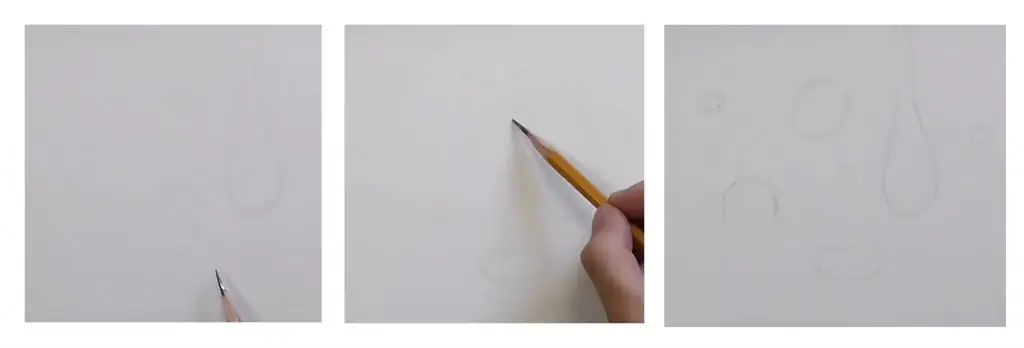
As you work, the outline will change and adjust a little, and there's nothing to worry about.
Learn to hatch
The next step is hatching. If expressed in artistic language, then the image of volume with the help of tone and shadows. First you need to paint over the drops with a solid light gray color. The hatching process is very simple: you need to draw a pencil from edge to edge of the drop, without taking your hands off, and lay the lines in one direction very tightly to each other. For this step, it is best to use an HB hardness pencil.
After one layer has been laid, you need to add a few more on top to make the shading smoother. It is advisable to apply all new layers in different directions.

To draw water drops step by step with a pencil, like a professional, you need to pay attention to the correct setting of the tools in your hand. It is best to hold on to the middle of the pencil. Thus, the lines will be lighter, smoother and longer. Pencil pressure should be minimal.
In the process of hatching, it is very important that the tone is as even as possible. You can use a little trick and wipe the shaded areas with a cloth at the end of the work done.
Shading every drop
The next step is to gradually draw with a pencil in drops of water both the darkest shadow and the penumbra. They make any drawing voluminous and believable.
A drop of water is a unique object in which shadows are formed in a completely different way than on other objects. The fact is that a drop, like a lens, refracts light, and everything in it is reflected in the opposite direction. Therefore, the shadows in the drop will be turned towards the light source. In this drawing, the light is on the top left, so the shadows in the drop will also be on the top left. To get started, just outline them, move from the edge to the middle. From the edge, the shadow should be very dark, and gradually lighten towards the middle. It is better to draw shadows with strokes and round them so that they repeat the shape of the drop. This stage of work is best done with a B or 2B hardness pencil.
After basting the shadow inside, you need to outline the shadow outside. This will be the shadow that falls from the drop onto the surface of the sheet. It is drawn in the same way as inside.

After the work done with the first drop, you need to draw water drops, like the previous one. After completing this long stage, you can again smooth out all the strokes with a cloth or paper.
More contrast
To draw water drops as if they were alive, we need to increase the contrast, make the shadows smoother and expand them a little. Technically, this stage of work is no different from the previous one, but here you can use pencils of hardness from 2B and softer. It is important to do the work carefully and gradually gain tone in the shadows so that they are very obvious.and specific. The work can again be shaded with a cloth. Here you can more carefully smooth out the outer shadows. In this way, you not only make the shadow more even, but also expand it in length.
Magic with highlights
The next step is where things get interesting. To do this, we need an eraser or an eraser-nag. The latter is best used, because it can be given any shape and is more convenient to work with. With an eraser, now you need to draw in a drop of water, as it were, a reflection on the opposite side of the shadow. The result of the work will be a white stripe, which gradually turns into gray.
After reflection, you can start drawing highlights from the opposite part inside the drop. Here, work is also carried out with a nag or eraser. After this stage, the drawing is greatly transformed.

Now the water drops drawn with a pencil can be considered complete. But if you want to make the drops even more accurate and realistic, then there are a few tips: work out all the lines, round them according to the shape of the drop; add more reflections on the outer drop shadows and bring out the darkest areas more clearly.
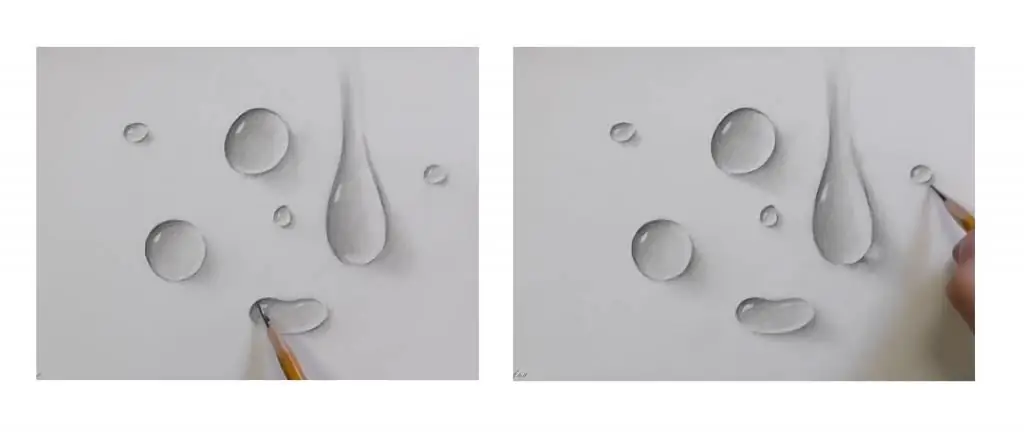
You can also use a white pastel or pencil to enhance the highlights inside the drop and the reflection in the outer areas.
Recommended:
Water king in mythology, films and fairy tales for children
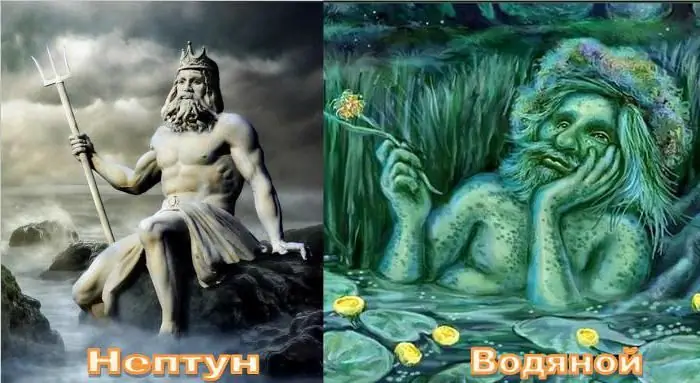
About who the water king is, what he has in common with Neptune, and what is the difference, will be discussed in this article. Some fairy tales will also be considered here, in which there is such an interesting character as a water
Water brush for watercolor: instructions, advantages and disadvantages
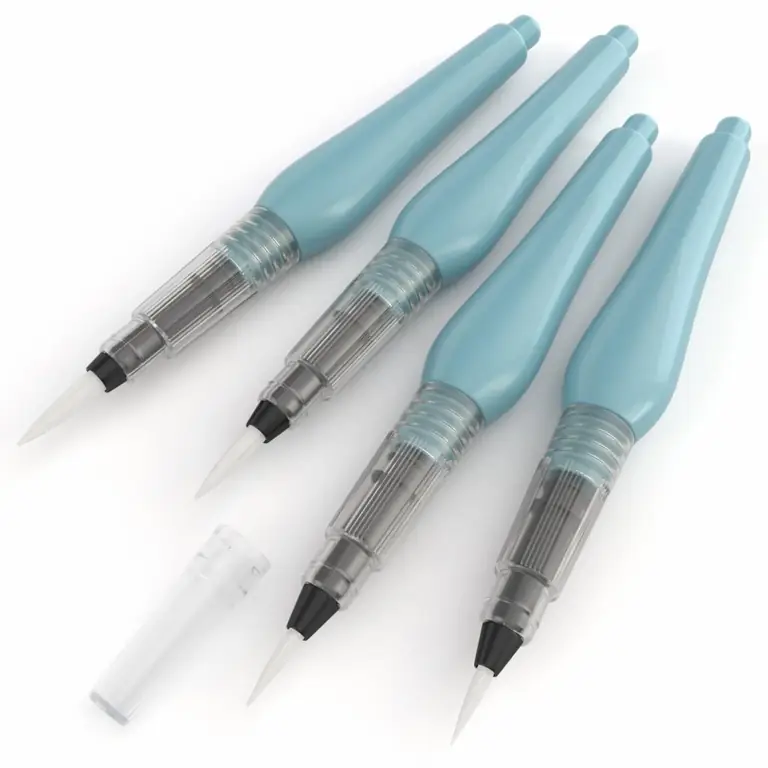
The water brush is a handy and useful tool for painting. It is designed to work with watercolors. Using such a brush eliminates the need to carry a jar of water with you, which is especially convenient when painting outdoors. However, for many professional painters and amateur artists, this tool seems unusual. What are the advantages and disadvantages of such a brush? And what should be considered when using it? Let's try to figure it out
How to draw a pony. How to draw "My Little Pony". How to draw a pony from Friendship is Magic
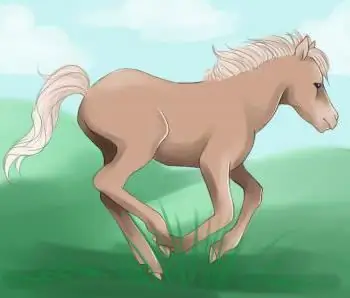
Remember how cute little horses with long tails and fluffy manes evoked in your childhood. These crumbs, of course, could not boast of royal grace and grace, but they had funny bangs and kind eyes. Do you want to know how to draw a pony?
How to draw water and its cycle in nature
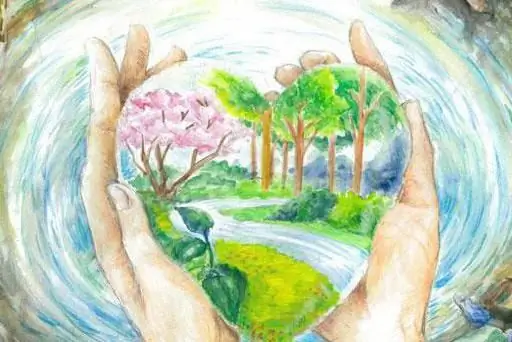
Water. It is the most important element of nature. There is nothing more meditative than the sound of a wave breaking on the shore, creating a kind of melody, and soft ripples bring integrity to the picture
Mini-series "Drops of Blood on Blooming Heather"

The literary work of Viktor Vasilyevich Smirnov "The Troubled Month of Spring", published in 1971, is characterized by rich ideological content, deep realism, and a reliable reflection of the mentality and everyday life of the characters. Therefore, it is not surprising that this work received two adaptations. The first was the feature film of the same name in 1976 directed by Leonid Osyka, the second was its remake in the television format “Drops of Blood on Blooming Heather” in 2011

